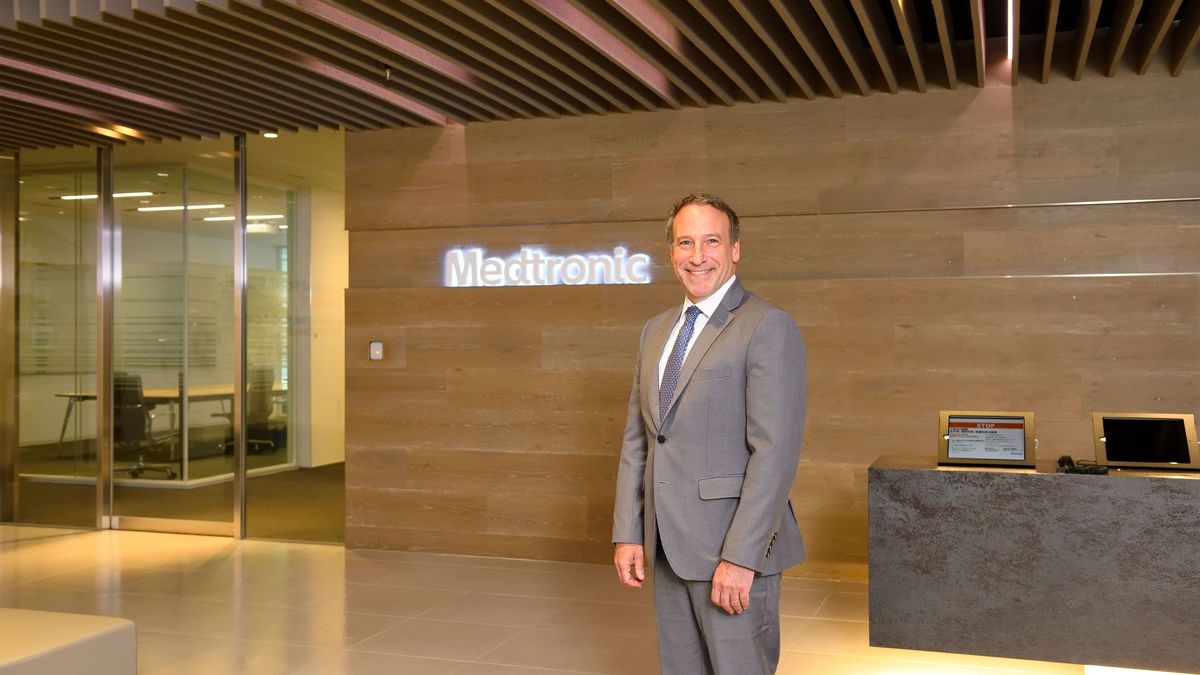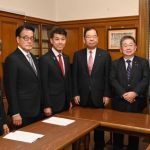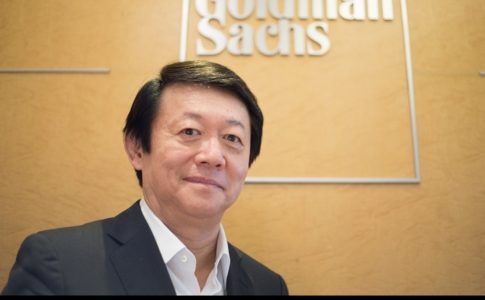Medical device manufacturers such as Abbott and Terumo have funneled an annual 34 billion yen into the medical field, with Japan Medtronic at the top with 3.9 billion yen.
In September 2023, a bribery scandal surrounding the selection of medical devices at the National Cancer Center East Hospital came to light. A physician formerly employed by the hospital and the former president of medical device maker Zeon Medical were arrested for accepting cash in exchange for product adoption.
While incidents of financial misconduct between the medical device industry and healthcare providers have been increasingly reported, the full extent of the money flow from medical device companies to the healthcare sector remains opaque.
The domestic market size for medical devices is estimated at 4.41 trillion yen, with a national production value of 2.60 trillion yen, imports at 2.81 trillion yen, and exports at 1.00 trillion yen. Notably, the market is dominated by foreign companies, which account for 63.8% of the domestic market.
Inquiries to the Japan Federation of Medical Device Associations, a major industry group, were met with a reluctance to provide answers, raising concerns about a lack of leadership.
The primary issue is that payments made by companies to the medical field, in the form of gratuities and donations, could potentially become a significant source of “conflict of interest” for doctors and medical institutions. This is because doctors have the authority to choose devices without personal cost, leading to potential limitless adoption. For companies, this represents an efficient sales target.
Similarly, the practice of “pharmaceutical money” involves hosting conferences and seminars targeting doctors, which can lead to an increased prescription of the sponsoring company’s drugs, as observed in the United States.
There’s a tendency for medical devices from companies that pay more to doctors, such as pacemakers, to be chosen, as has been evident in the U.S. Most of these financial transactions are disclosed under transparency guidelines similar to those of pharmaceutical companies.
However, each medical device company is not directly affiliated with the medical device federation but belongs to a member association within it, which presents a loophole in adherence to the transparency guidelines. The role of the federation has been to respect the autonomy of each medical device-related association, indicating a potential lack of commitment to the transparency guidelines set by the federation itself.
The issue of “invisible money” is crucial in the medical device industry, as explained through a series of misconducts at the Clinical Anesthesia Department of Mie University, which led to a guilty verdict in January 2023 by the Tsu District Court, with an appeal currently in process.
In the case of Nihon Kohden Corporation, a former professor at Mie University’s Clinical Anesthesia Department facilitated the replacement of operating room equipment with Nihon Kohden devices in exchange for a 2 million yen donation to an association he represented. This transaction was deemed bribery, and notably, there was no formal approval of the donation within Nihon Kohden Corporation. To circumvent this, a wholesaler, who facilitated the transaction, significantly discounted the delivery price at the local level, and the price difference funded the donation.
Conversely, in the case of Ono Pharmaceutical Co., Ltd., the same professor prescribed the arrhythmia drug Onoact in return for a scholarship donation of 2 million yen from the company, officially sanctioned and consequently labeled as bribery. Scholarship donations, valued in the medical field, are contributions from pharmaceutical and medical device companies to universities and departments.
The critical point in these instances is the “invisible money” generated by adjusting the prices of delivered medical devices at Nihon Kohden Corporation, which differs significantly from the regulated drug pricing by the government. This is considered a breeding ground for corruption by the author, as seen in other scandals involving “invisible money.”
However, in Ono Pharmaceutical’s case, the details of the scholarship donations were public, yet they were used as kickbacks for prescriptions. This practice, a poorly kept secret in the medical field, has now been scrutinized by the judiciary, even though the money was formally “visible.”
Underlying these issues is the difference in company size within the two industries. Generally, medical device companies are smaller than pharmaceutical companies. For instance, while both Nihon Kohden and Ono Pharmaceutical are leading companies listed on the Tokyo Stock Exchange Prime, their market capitalizations vastly differ: approximately 320 billion yen for Nihon Kohden compared to 1.4 trillion yen for Ono Pharmaceutical.
In the pharmaceutical industry, companies belonging to the Pharmaceutical Association generate the majority of the over 10 trillion yen market. In contrast, the medical device industry, with 106 categories and 20 organizations under the Medical Device Federation, is only about 4 trillion yen in market size.
As a result, the pharmaceutical industry, with its developed governance, is seeing a decline in “visible money,” from 191.7 billion yen in 2016 to 177.5 billion yen in 2019 for business-related expenditures. In the less governed medical device industry, “invisible money” remains a central issue for debate.
An analysis of the “visible money” in medical device funding for fiscal year 2019, in comparison with pharmaceutical companies, reveals notable findings. The study targeted 89 pharmaceutical companies centered around the Pharmaceutical Association and 115 medical device companies under the Japan Medical Device Network Association (@MD-Net), though it should be noted that @MD-Net also includes some primarily pharmaceutical companies, such as Santen Pharmaceutical.
Medical device funding amounted to 34.3 billion yen, a mere 10.9% of the pharmaceutical funding at 3,155 billion yen. However, this disparity shouldn’t be taken at face value due to the potential “invisible money” in medical device sales.
Table 1 lists the top 20 medical device companies, with notable products including cardiac devices and surgical instruments. For instance, Japan Medtronic, already a leading pacemaker seller, expanded by acquiring Ireland’s Covidien, a surgical instrument manufacturer, resulting in increased payments for these lucrative medical devices. Domestic companies like Nipro, Terumo, and Olympus also made significant payments.
Table 2 summarizes the highest payments made to medical practitioners by the top 10 medical device companies, highlighting the prevalence of consulting fees—a contrast to the pharmaceutical industry, which focuses on sales activities at lectures. Consulting fees, often lacking in detail about the services provided, are problematic, similar to the pharmaceutical industry. A case in point is the significant consulting fees paid to Dr. Takashi Hachiya by Japan Medtronic, averaging 680,000 yen per instance. Dr. Kazuo Misumi, on the other hand, received the most payments from Terumo and Boston Scientific Japan, indicating a concentration of payments to certain doctors.
Following these findings, inquiries were made to the 10 companies and the mentioned doctors, resulting in a lack of response from some, including Dr. Hachiya. Terumo was the only company to provide detailed information about the services rendered by Dr. Misumi, highlighting his role as a key opinion leader in cardiology, providing valuable feedback and insight into medical trends and product development.
The medical device and pharmaceutical industries’ data disclosure practices were then scrutinized. Only 8 out of 115 medical device companies had disclosed their data, with some prompted to do so only after our request. In contrast, all 89 pharmaceutical companies disclosed their information, with many providing multiple years of data.
In conclusion, while medical device funding is less than pharmaceutical funding, its “visible money” remains essential, and there are still “invisible” aspects that need to be uncovered. Increased transparency is believed to enhance the overall trust in the medical field.
The article above is a summary from the magazine “Facta”.
https://facta.co.jp/article/202311022.html












Leave a Reply